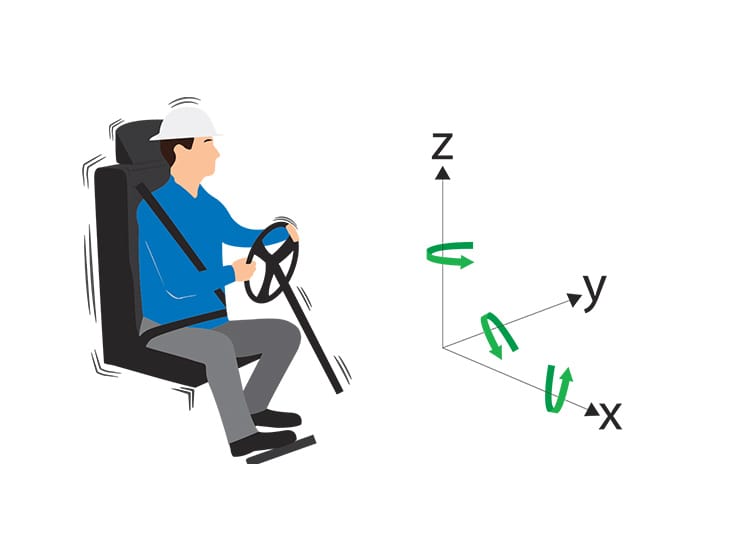Workplace vibration assessments are crucial for several reasons. These include safeguarding worker health, ensuring legal compliance, managing risks, and promoting a safe and productive work environment.
Vibration-induced white finger (VWF) is the most common condition among the operators of hand-held vibrating tools. The symptoms of VWF are aggravated when the hands are exposed to cold.
Vibration can cause changes in tendons, muscles, bones and joints, and can affect the nervous system. Collectively, these effects are known as Hand-Arm Vibration Syndrome (HAVS). Workers affected by HAVS commonly report:
- Attacks of whitening (blanching) of one or more fingers when exposed to cold.
- Tingling and loss of sensation in the fingers.
- Loss of light touch.
- Pain and cold sensations between periodic white finger attacks.
- Loss of grip strength.
- Bone cysts in fingers and wrists.
Additionally, vibration can cause the following health issues:
- Carpal tunnel syndrome (neurological vibration): hand and arm disorder causing tingling, numbness and pain sensations. It can also cause weakness of the hand and arm.
- Dupuytrens contracture: fingers can become permanently curled towards the palm of the hand resulting in reduced hand and grip strength.
- Muscles and soft tissue damage: conditions such as arthritis, changes to muscles and tendonitis. All can result in a loss of hand and grip strength.
- Musculoskeletal disorders: vascular and muscular conditions such as stiffness, weakness and pain in the hands, arms and associated joints.
Finally, whole body vibration (WBV) is when vibration is transmitted to a person’s body through sitting, standing or lying on a vibrating surface. It can also be transmitted through the feet of workers who operate and drive mobile machines and vehicles. This is particularly the case when they are used over rough and uneven surfaces, or if there is a vibrating function. Vibration can also be shocks and jolts to the body.
When organisations proactively address vibration-related hazards, they can protect their employees, mitigate financial risks, and demonstrate their commitment to occupational health and safety.
A workplace vibration assessment involves several steps to evaluate and manage the risks associated with hand-arm or whole-body vibrations. The specific process may vary slightly, depending on the industry and the complexity of the work environment.
Vibration in the workplace in South Africa is governed by the Machinery and Occupational Safety Act, 1983 (Act 6 of 1983), updated on 7 March 2003.
A vibration assessment is a careful examination of vibration in a work environment. It aims to:
During a vibration assessment, assigned certified specialists from Strat Environment will come and assess your workplace environment. At this point, the specialist will highlight problems that could be preventing the capabilities of your employees, and describe how to properly fix them.
Learn more about some general vibration problems you can fix, by signing up for an official assessment from Strat Environment.
Sources:
https://www.ccohs.ca/oshanswers/phys_agents/vibration/vibration_effects.html

